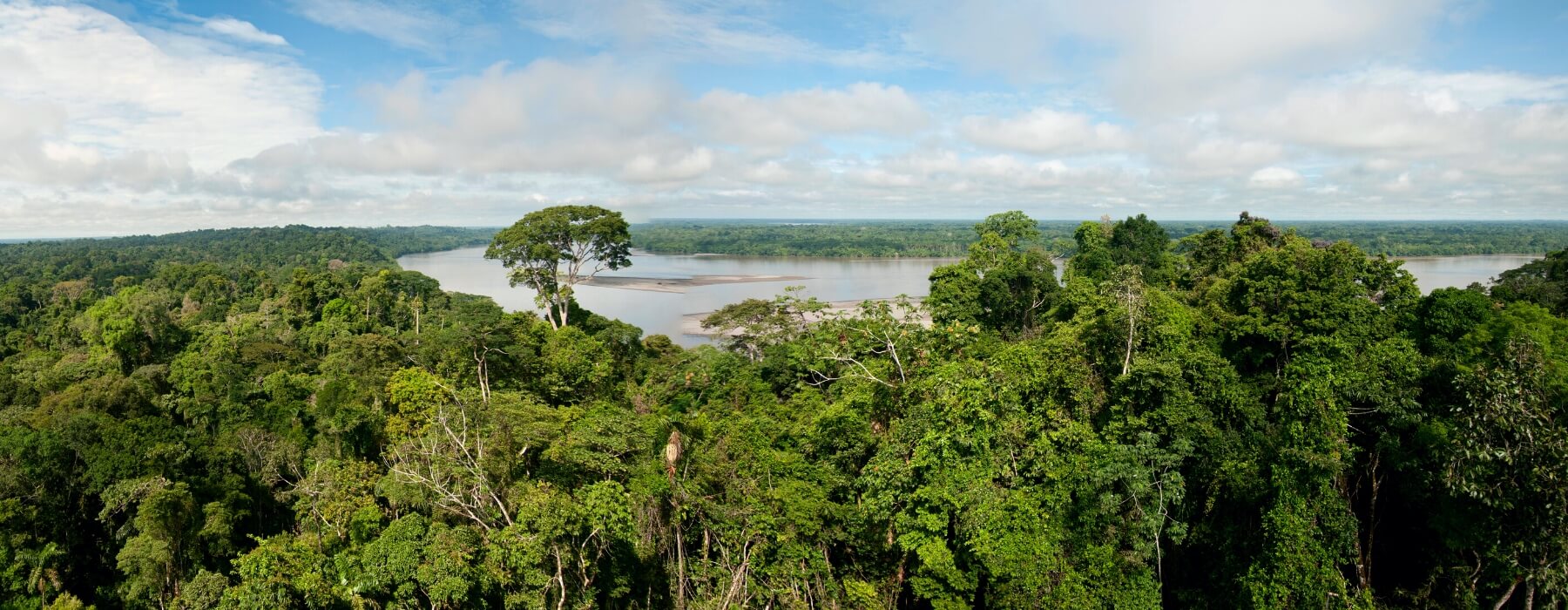
The Peruvian jungle is part of the Amazon. This territory in northeastern Peru, filled with a lush expanse of mountains and plains, has mighty rapids and green vegetation, among other attractions. It occupies 62% of the territory of that country.
The abundant biological diversity of the area is one of the great attractions of the Peruvian jungle. This vast expanse of territory, bathed by the Amazon River, has impressive landscapes, so if you go on a trip, you will have fun capturing its beauty in videos and photographs while making contact with its native peoples.
Due to its geographical conditions, touring this beautiful land is a unique challenge. To start the trip, the most practical thing is to take a flight from Lima to Iquitos, which is an hour away. Another way to access it is by road from the capital of Peru to the Ucayali river and from there take a boat, which will take five days. The Peruvian jungle offers an infinite number of places to stay, from comfortable hotels to beautiful lodges within the reach of any budget. An added bonus is that these rest spots include all meals. So, a wonderful adventure begins where you will get to know the best of the Peruvian jungle.
The Amazon River is considered the longest river in the world and is said to be the main vein that gives life to the South American jungle. Its waters are home to more than 2,000 species of fish and it is the means of communication for millions of inhabitants of the Peruvian Amazon. Due to this, it is one of the favorite tourist places in the jungle when visiting Peru.
You can navigate through its waters in small boats such as canoes or pequeños, as well as boats that function as luxurious cruise ships for tourists. Although during the day you can see very interesting animals, on night excursions you can see a wide variety of nocturnal fauna such as spiders, snakes and alligators. For this reason, we recommend that you visit it with all the necessary care and respect.
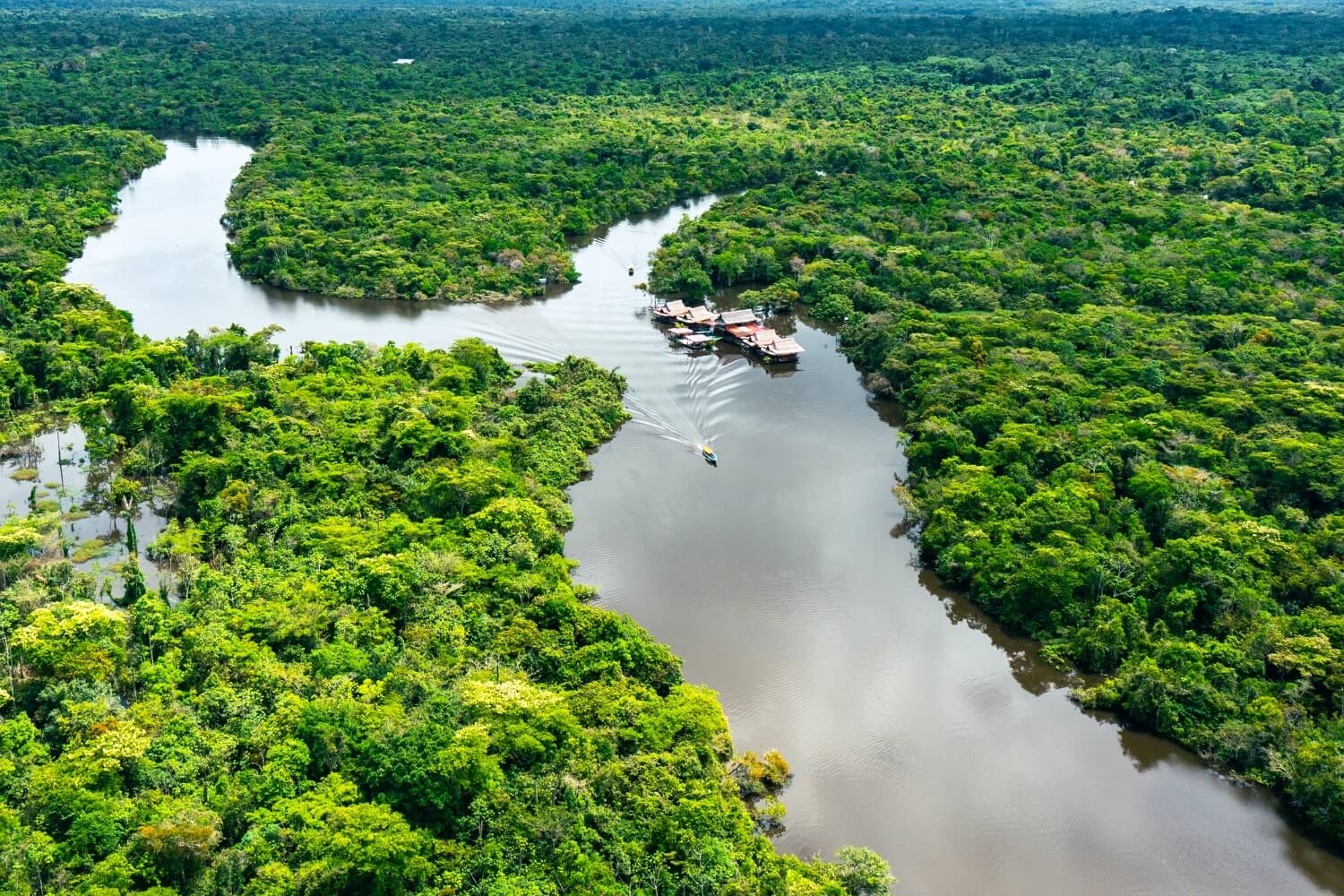
The Kuelap archaeological complex belongs to the pre-Inca Chachapoyas culture and is located high up in the Amazon mountainous jungle. In addition, the landscape is considered one of the most beautiful in the country since it is full of vegetation and has a panoramic view. We highlight that the archaeological complex, the flora and fauna manage to form a unique landscape.
The Kuelap fortress has alleys, walls and circular houses made of stone designed to defend themselves from other ethnic groups. Currently, it provides cable cars to transport tourists to the citadel. These not only make the journey shorter, but from them you can enjoy a panoramic view of the valley. Keep in mind that when you are in Kuelap, the visit to the citadel will take approximately 5 hours.
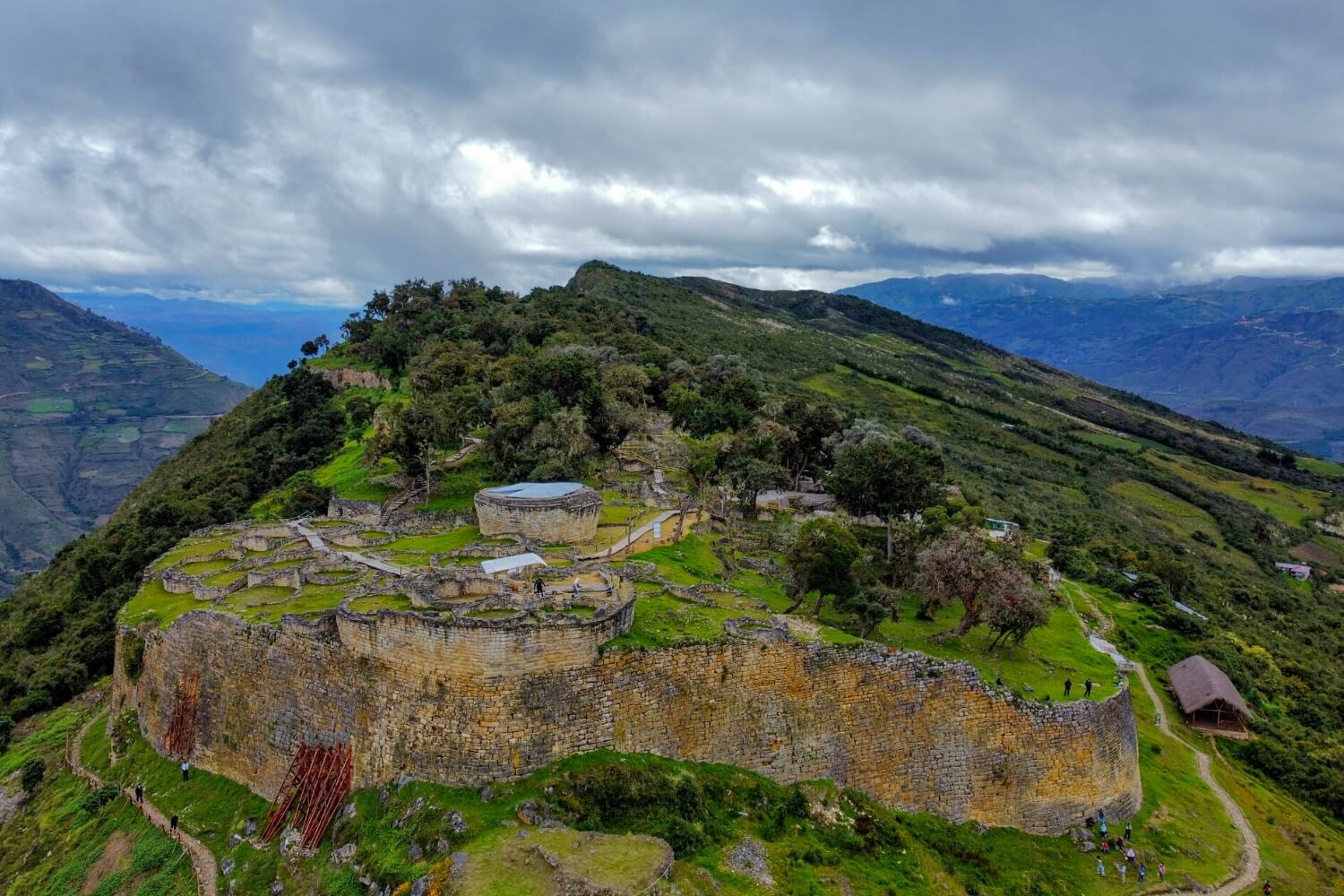
This beautiful reserve is located in the department of Madre de Dios, province of Tambopata, and extends into the districts of Tambopata and Inambari. The reserve protects the flora and fauna of the Peruvian tropical rainforest, and is one of the most important in Peru. The Tambopata Nature Reserve is one of the mandatory tourist places in the jungle if you like to enjoy nature 100%. This reserve enjoys great biodiversity since up to 632 species of birds, 103 amphibians, 1,200 butterflies, 180 fish, 103 reptiles and 169 mammals have been found in this territory. It also has a great variety of macaws, parakeets and parrots.
The reserve is covered on foot and by boat on the Tambopata River and its different lakes. Likewise, the ecosystems that can be found in this protected area are very varied and used by the inhabitants as a natural resource. The reserve is characterized by having various viewpoints, a camping area and shelters to facilitate visits. If you are considering visiting it, you should travel to Cusco or Puerto Maldonado first and from there depart to Tambopata.

The Gocta waterfall is an excellent option if you like adventure, trekking and nature. In addition, it is recognized for being one of the largest waterfalls in the Peruvian jungle, measuring 771 meters. Locally it is called as the “Chorrera” and to get there you must walk 3 hours. Likewise, the trail crosses a forest that is home to abundant species of tropical flora and fauna.
Throughout the way you can see a total of 22 waterfalls and the famous Gallito de las Rocas completely free. We emphasize that it is important not to approach it since this bird is in its natural habitat, so it can be seen easily. Although there are several ways to get there, we believe that the most accessible is to travel by road or plane from Lima or Chiclayo to reach the city of Tarapoto. Then, take the road to Chachapoyas and the road to the Valera district.

The Pacaya Samiria National Reserve is the second most important protected area in Peru, in the provinces of Loreto, Requena, Ucayali and Alto Amazonas. It is considered the largest national reserve in Peru and the fourth protected area in South America. Up to now, it has 132 species of mammals, 330 species of birds, 70 species of reptiles and a similar number of amphibians. On the other hand, the reserve highlights the life of species such as the black butterfly (in danger of extinction) and the paiche. In addition, the reserve has 847 plant species, among which orchids and palm trees stand out. Another attraction of the place are the timber species, such as cedar and mahogany. This space is in charge of the conservation and investigation of the wild flora and fauna of the area.
There are different ways to do tourism in the Pacaya Samiria National Reserve, which can be adapted to all budgets. For this reason, they have tours in simple boats and also luxury cruises. We highlight that all tourist packages leave from the city of Iquitos.

It is the largest continental city in the world with no road access, so it can only be accessed by air or river. It is located in the middle of the jungle, where two great Peruvian rivers, the Marañón and the Ucayali, meet to take the name of Amazonas. At the end of the 19th century, Iquitos had a golden age thanks to the rubber fever, of which there are still vestiges through certain constructions. In addition, the city has several attractions such as a neo-Gothic cathedral, a market for traditional products, a museum on the native tribes and the Port of Belén. In the latter, on the banks of the Amazon, people live in houses on floating stilts and navigate by boat. On the other hand, you will also find the Quistococha tourist complex, built around a lagoon and the Pacaya Samiria Reserve, called the “jungle of mirrors”, for being the largest flooded forest in the Amazon.
Iquitos is a land of joy, heat and flavor. To the rhythm of cumbia and the noise of motorcycle taxis, this city welcomes the traveler with an open heart, exuberant nature, dreamy sunsets, exotic customs and ancestral mysteries. The Peruvian Amazon is full of contagious happiness for adventurous spirits.
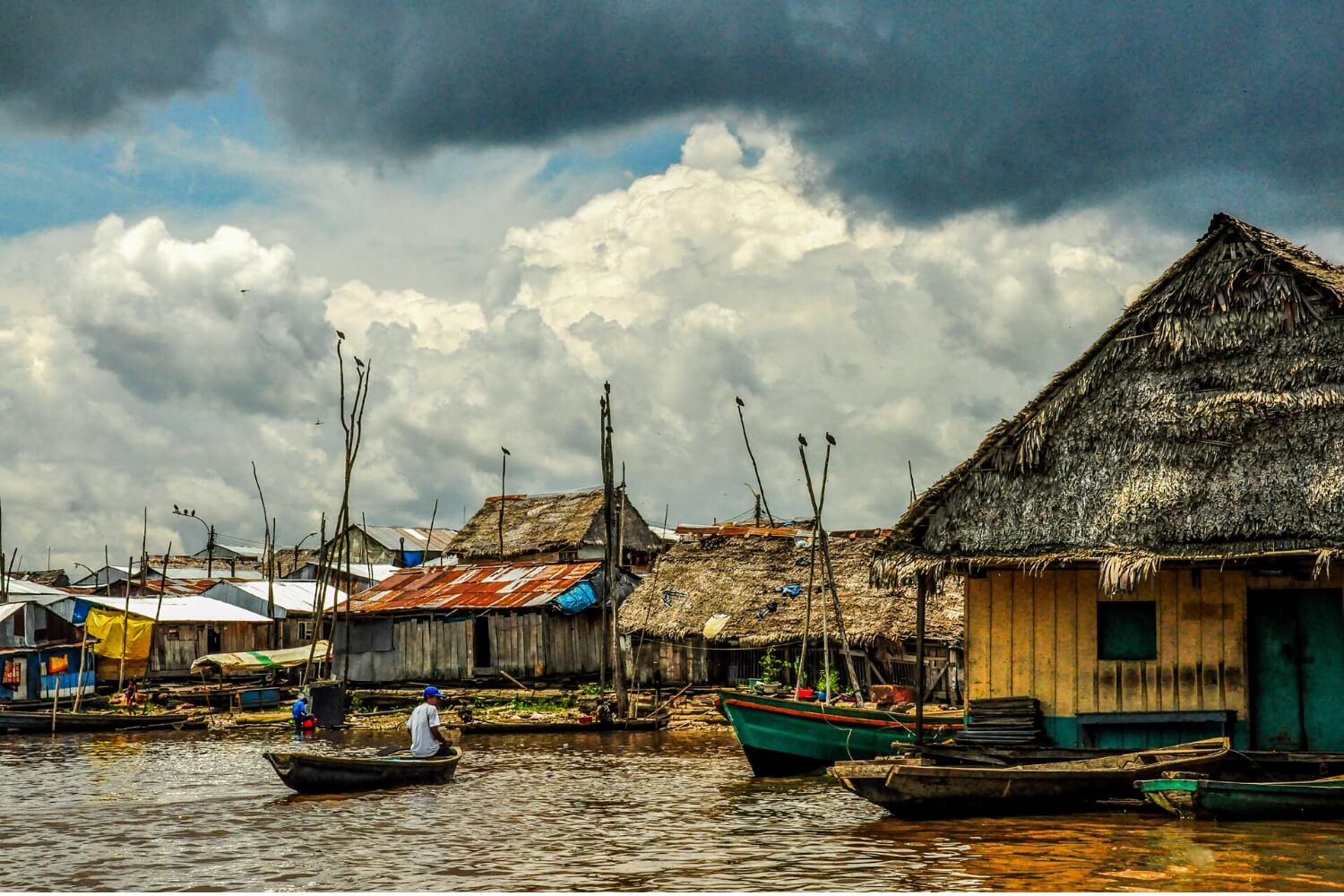
The Manu National Park is the largest protected natural area in Peru declared a World Heritage Site for its great universal value of flora and fauna. This is because it has 55 species of amphibians and 132 reptiles, which is why it has a world record as the protected natural area that houses the largest number of these species on the planet. In addition, it is recognized for having more than 1,200 species of diurnal butterflies and more than 1,000 species of birds.
It really is an ideal place for nature lovers. Manu has a division for handling tourists: the cultural zone and the reserved zone. There is an intangible zone, to which you have access with a special permit since it is used for expeditions for scientific purposes. We emphasize that to enter the reserved area you need to have a tour since it is the place where you can see a lot of free fauna. Likewise, the forests of this area are home to jaguars, turtles, the condor of the jungle, the giant river otter and the black caiman.
In addition, there are ethnic groups that live around the area and within the reserve. These people are characterized by having diverse cultural patterns and being populations in voluntary isolation to preserve their traditions. We emphasize that these ethnic groups are also protected and belong to the Territorial Reserve of the Kugapakori and Nahua ethnic groups.
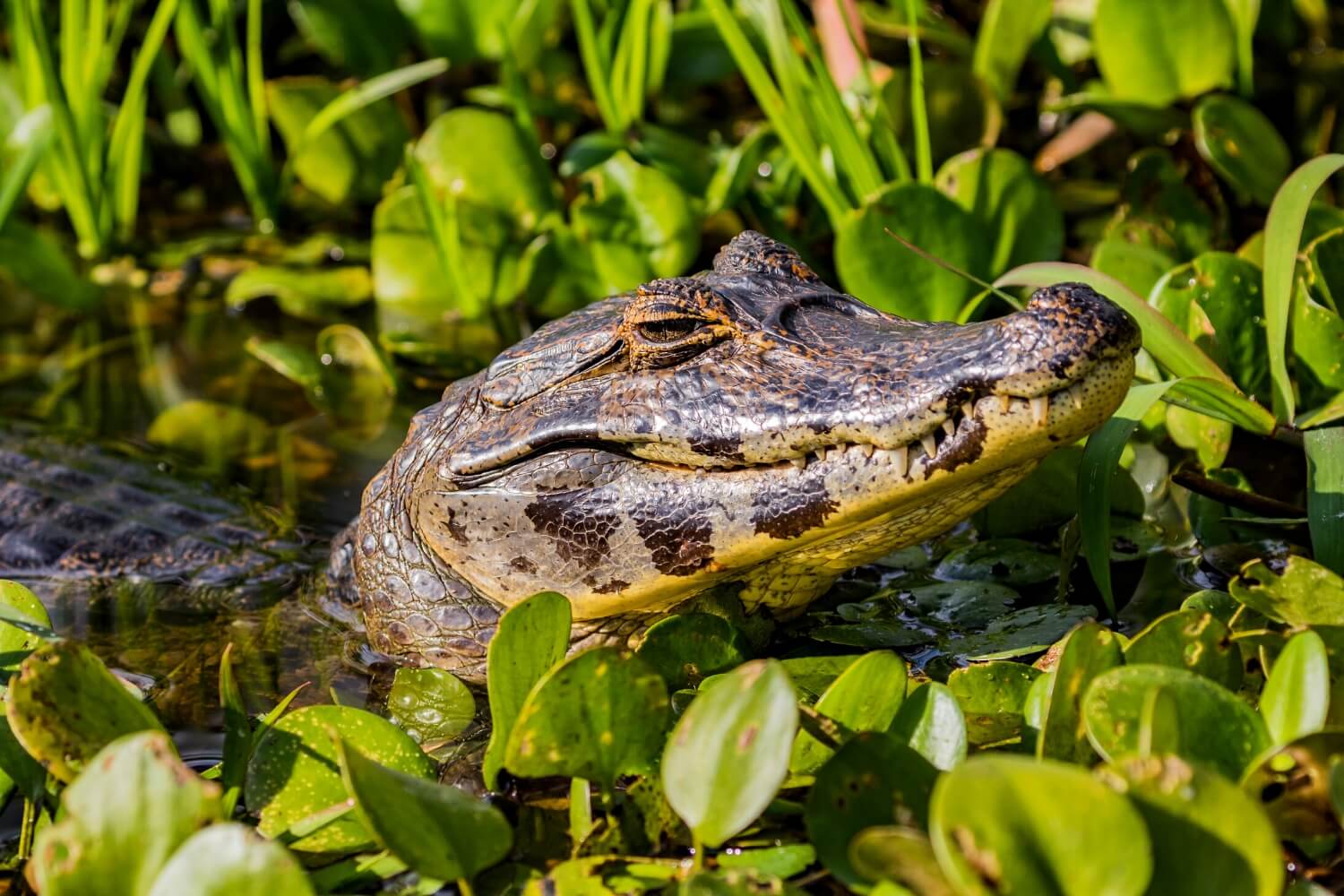
The Blue Lagoon is an ideal place to rest. This is located in the Sauce district, 1 hour and 30 minutes from the city of Tarapoto in the department of San Martín. In addition, it houses many mystical stories of its origin related to the spirits of the jungle. Currently, it is a tourist destination where yoga and water sports are practiced.
Its name is attributed to it because when the sun rises, its reflection with the water results in a completely blue lagoon. For this reason, the landscape is impressive and seeing the sunrise is truly unforgettable. Around the Lagoon there are some places that a traveler should know. For example, the Ecoparque la Soñada, a private reserve that is in charge of preserving the ecosystems around La Laguna Azul.
In order to visit the Blue Lagoon, you must first arrive in Tarapoto by plane. Then, you can leave for a small ferry crossing on the Huallaga River and follow the road to the town of Sauce. We recommend you spend the day in the lagoon and stay to sleep in the hotels on the shores of it.
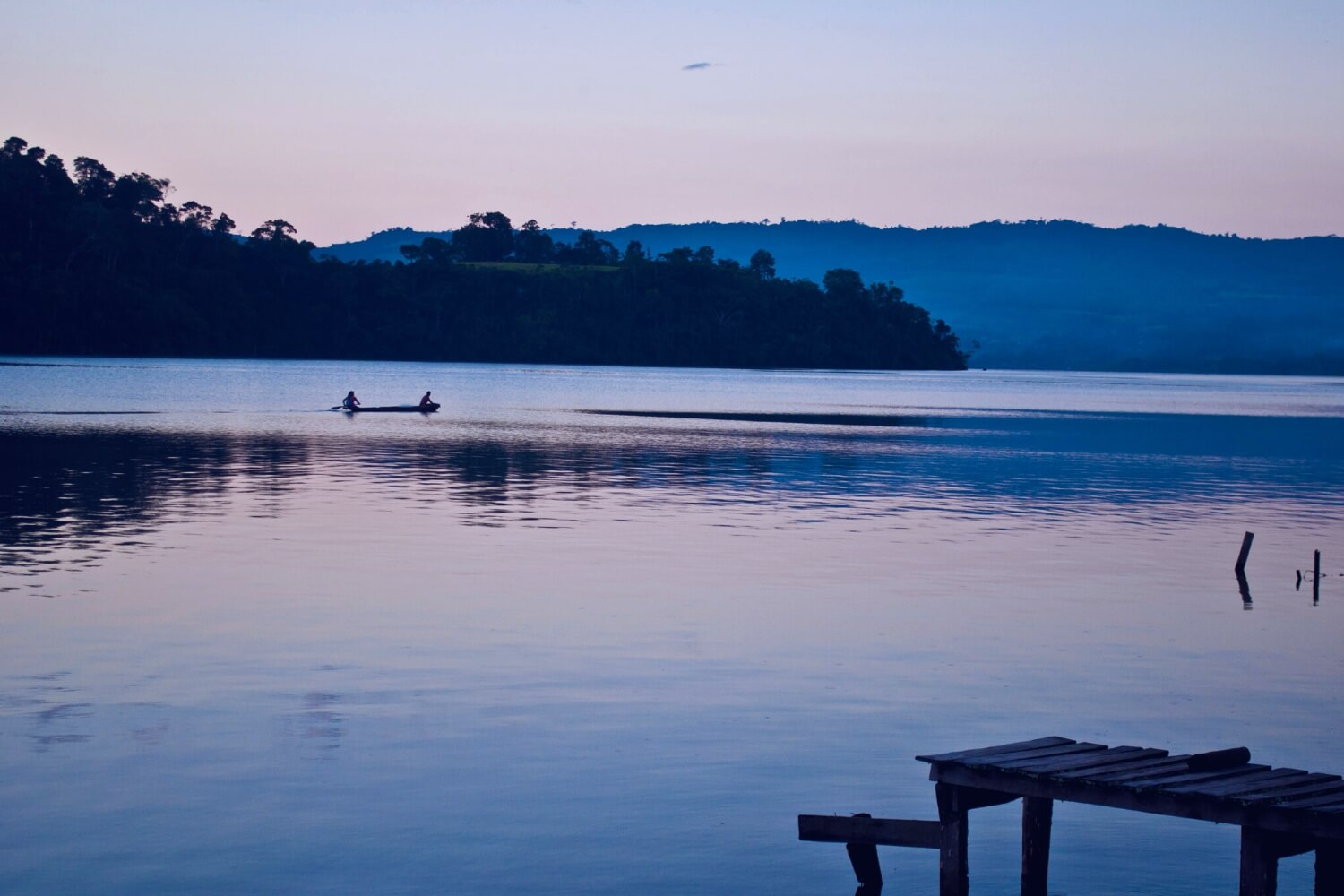
The park is located in the province of Tambopata, in Madre de Dios, and in the provinces of Carabaya and Sandia, in the department of Puno. It is a space that protects the ecosystem of tropical humid savannas of Peru, where there are more than 2,200 species of animals, such as the serf of the swamps, the maned wolf, the jungle condor, the harpy eagle, the bear anteater, jaguar, spider monkey, giant otter, short-eared bush dog and butterflies. Likewise, amphibians and reptiles such as the black caiman, anacondas, boas and endemic frogs. On the other hand, this space preserves the aboriginal communities of the area, such as the Ese’eja culture.
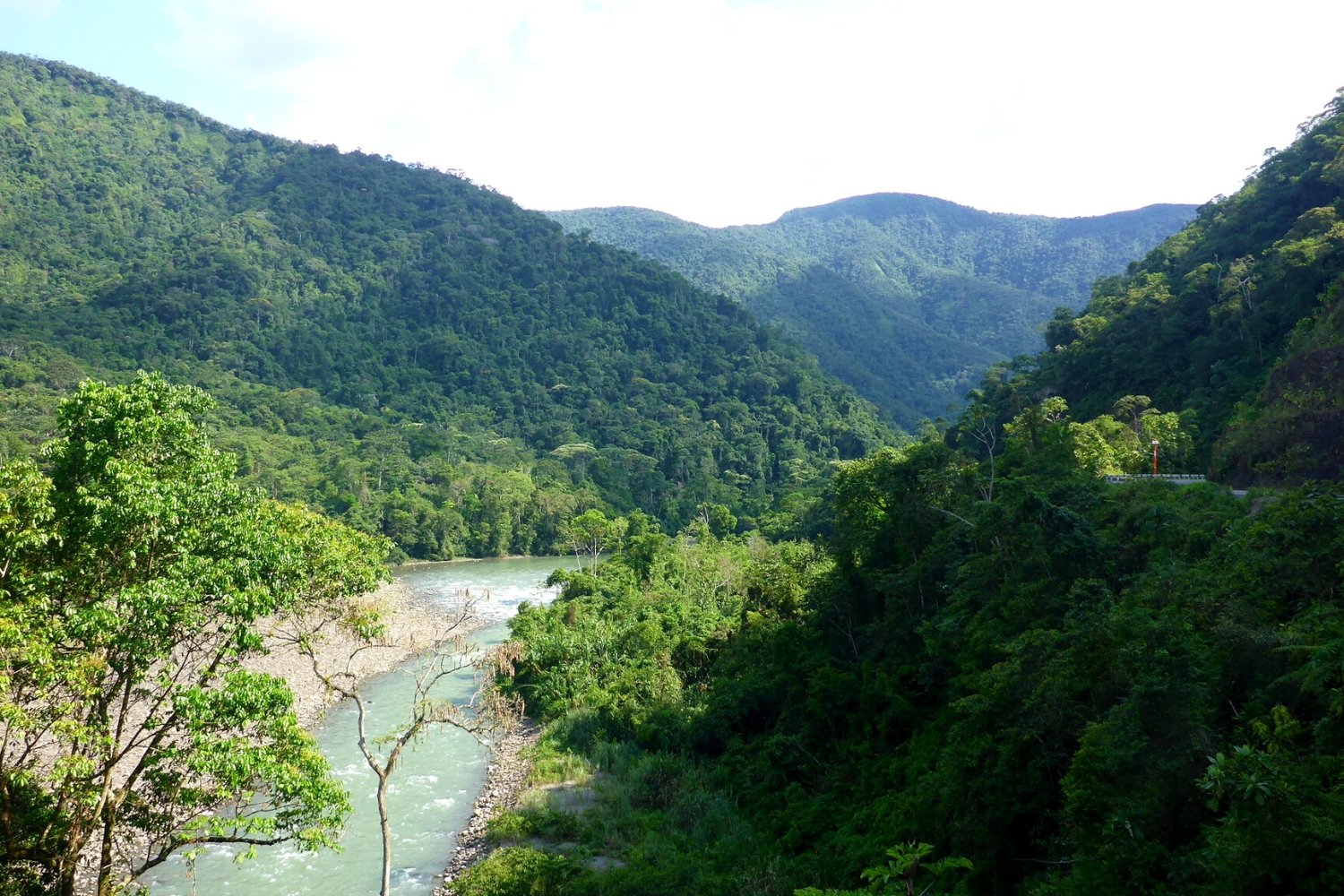
This park is located in the districts of Oxapampa, Huancabamba, Pozuzo and Villa Rica, in the province of Oxapampa, department of Pasco. This protected area preserves the upper parts of the basins of the tributaries of the Palcazu, Huancabamba and Pozuzo rivers. Among the species that the area protects are some in danger of extinction such as: tanagers, grasses, high altitude birds, hundreds of orchids and bromeliads. In addition, it has species such as frogs, jagurs, pumas, monkeys, pacas, spectacled bears, ocelots, white-tailed deer, and Culpeo and Andean foxes.
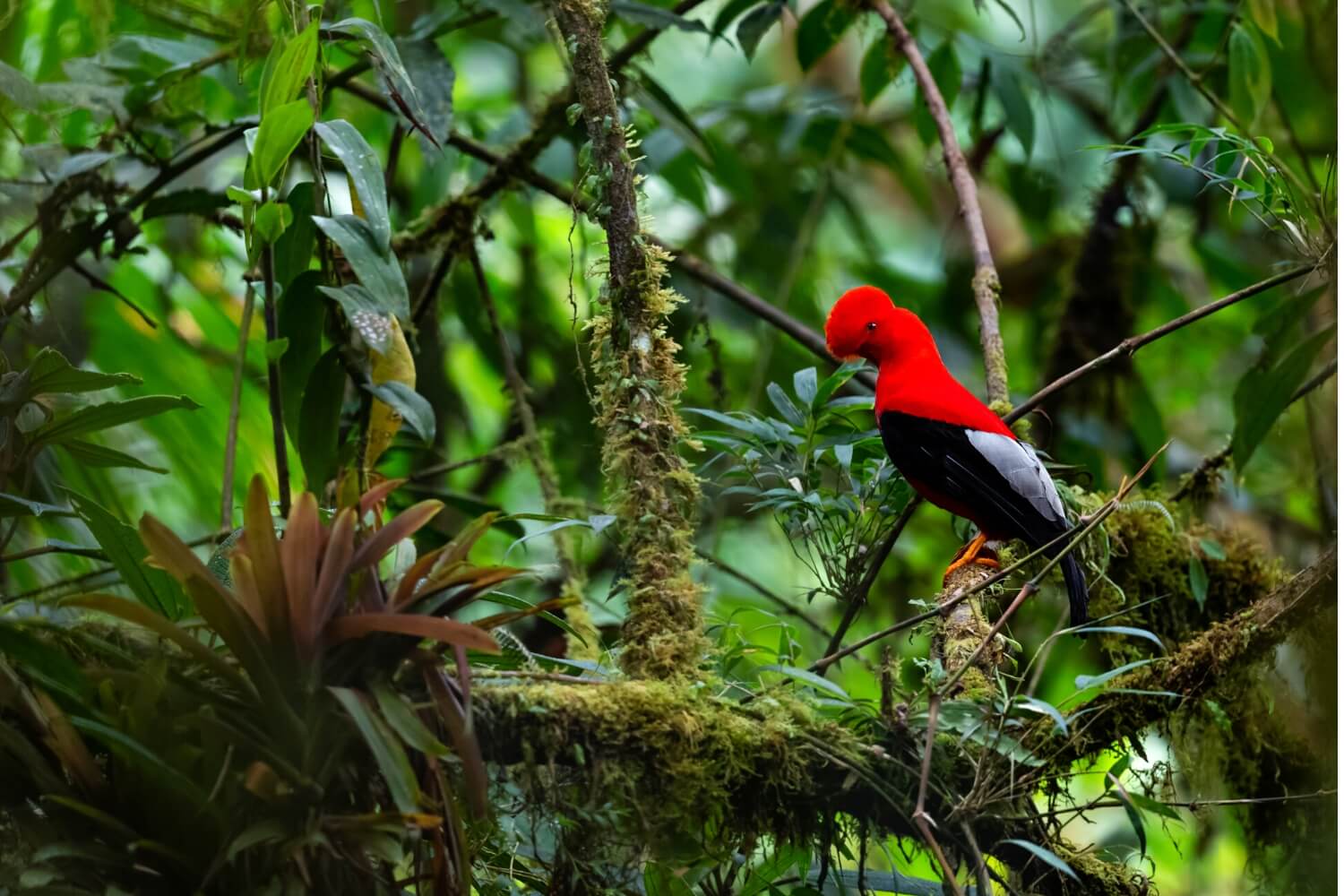
The Ahuashiyacu Waterfall is one of the most beautiful and easily accessible waterfalls. This is located just 30 minutes from the city of Tarapoto by car, where all the way is paved road. In order to enter, a small cost is paid and it is a slightly steep path of 10 minutes of stairs. Therefore, this is a highly recommended destination to go with children, due to its proximity to the city. Also, while bathing you can see butterflies flying around.
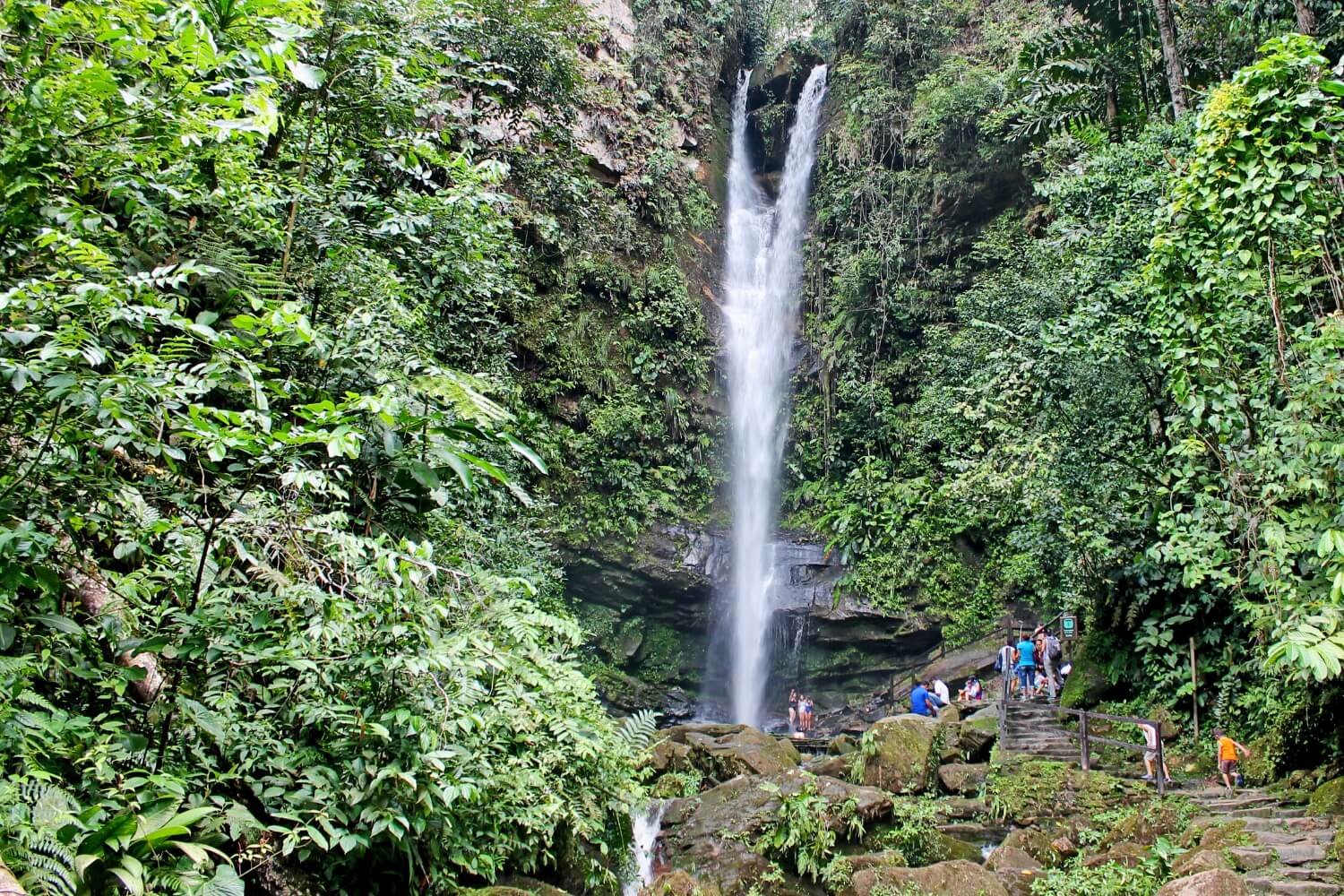
Pozuzo is a town located in the central jungle of Peru, made up of descendants of Austrian and German settlers who came in search of a better life than they had in their countries of origin. This happened because there was a famine crisis and the poor European peasants wanted a new start in distant lands.
Pozuzo is like a small old German town inside the Peruvian jungle. It preserves the bridges and squares that the settlers built, as well as their dances, food and many customs that they share with tourists when they visit them. In addition, you can find craft beer brewed in the German style, restaurants offering European sausages and beautiful houses with Western architecture. It also has turquoise water pools called Agua y Sal, which are suitable for bathing.
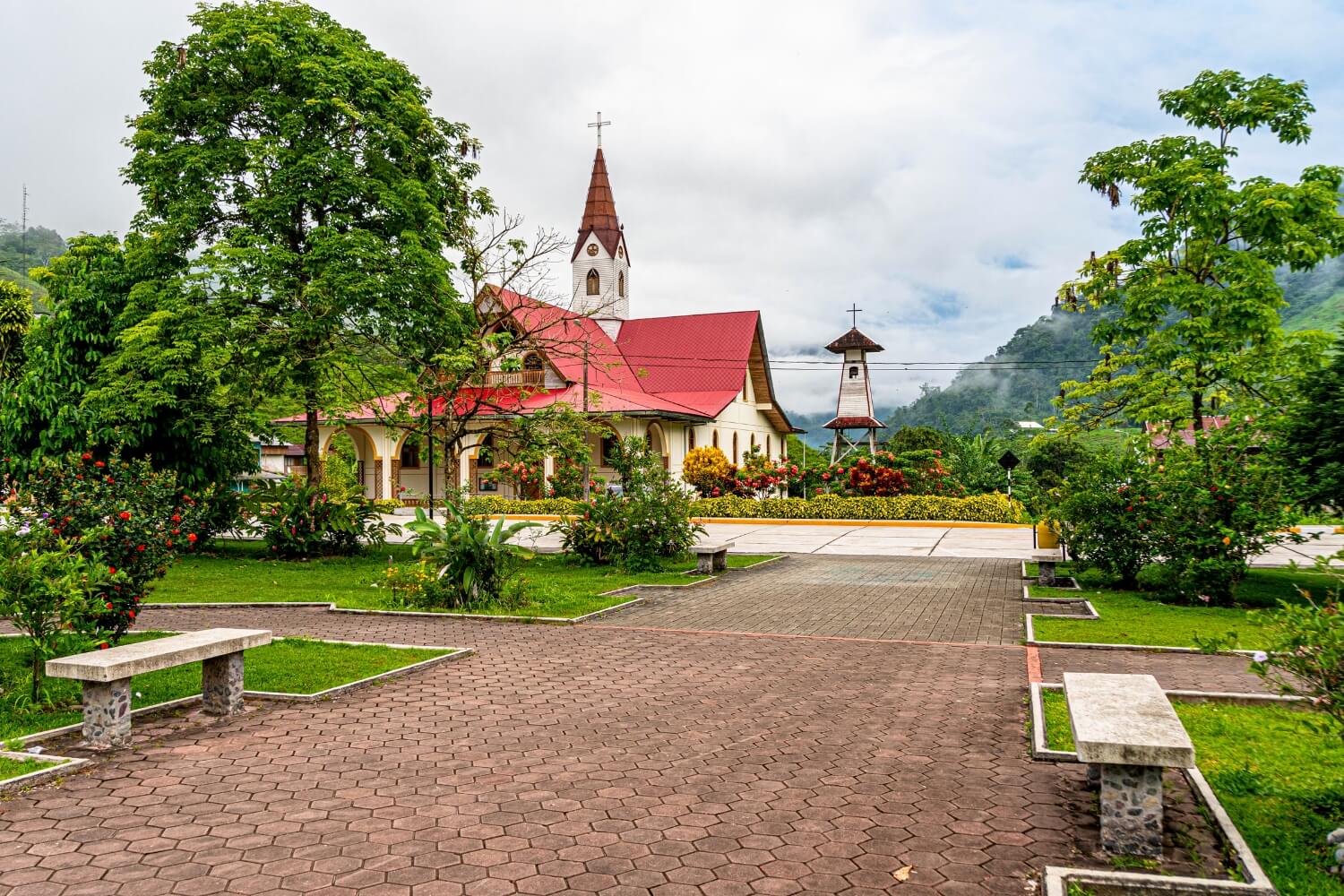
The Tingo María National Park is an ecological reserve located in the department of Huánuco. This was created to protect the forests belonging to the Sleeping Beauty chain. Likewise, among its main tourist attractions, the Cueva de las Lechuzas stands out, which is an opening into the underground caverns of Sleeping Beauty.
It also stands out because it has several hot springs and beautiful landscapes. Its main objective is to protect the exceptional flora and fauna found in the area, where guácharos and quinoa stand out. Additionally, this national park guarantees the socioeconomic development of the surrounding populations thanks to promoting tourism.
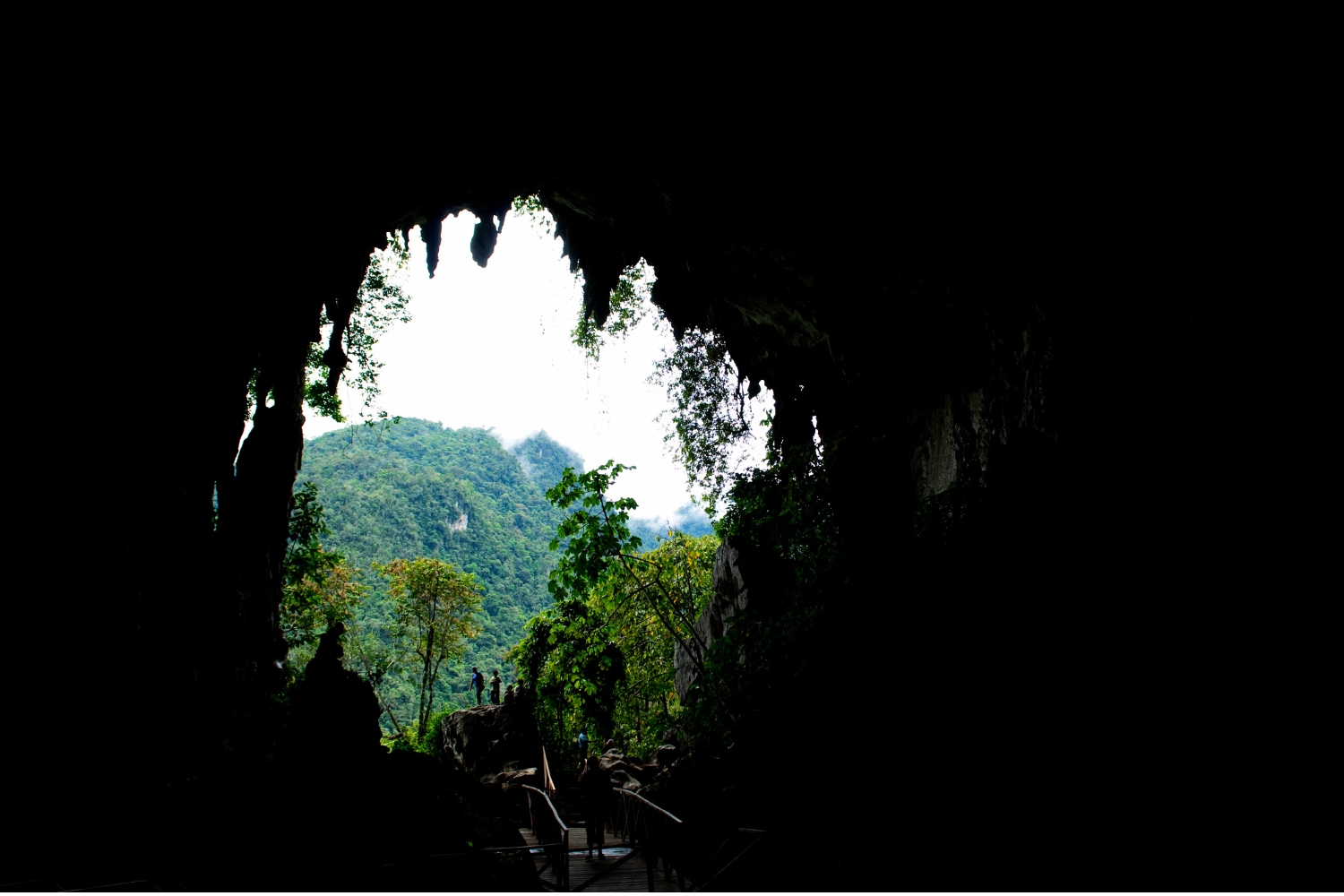
This beautiful space in the Amazon jungle of Peru is located on the border with Brazil. The Sierra del Divisor National Park protects the mountain range located in the Amazonian plain. These mountains have a great slope and originate a watershed at more than 900 meters above sea level. The complex of cones and hills of volcanic origin, constitutes the origin of countless small basins that drain their waters towards the Ucayali river in Peru and the Yuruá in Brazil. In that country there is a complex of protected natural areas adjacent to the park, which form a biological corridor of more than three million hectares.
Geologically speaking, it constitutes one of the oldest areas of the Amazon and has spectacular and inaccessible landscapes, in turn, the Sierra del Divisor National Park presents little intervened areas with a high degree of conservation that encompass ecosystems and biological communities of flora and fauna species. endemic and with a restricted distribution, which makes it an area of great importance. likewise, it has numerous waterfalls, hot springs and macaw clay licks, of great beauty and attractiveness.
The singular geographical situation of the Sierra del Divisor National Park with its isolated mountains has generated many endemic species, that is to say, in the area there are species that only exist in that place, such as the “diviorius bird” (thamnophilus divisorius), also known as acre anteater, in reference to the neighboring Brazilian region where it was recorded for the first time in 2004, later this bird was found in Peru.
In the Sierra del Divisor National Park there is the largest number of primate species in Peru (16 species), if both sides of the border are taken into account, that is, also the Brazilian side, the number of primates rises to 18, which represents one of the highest records in the world.
The presence of other mammals has also been recorded, such as the sachavaca , the peccary , the peccary, the giant anteater, the giant armadillo, as well as carnivores such as the otorongo , the mountain dog , the river otter and the short-eared fox .
Among the amphibians and reptiles, the taricaya , the motelo, the alligator ; various poison dart frogs and the largest gecko species in the Amazon.
Regarding the flora, there are two probably unique plant associations. The first includes dwarf forests and patches of terrestrial bromeliads that grow on the dry peaks of the ancient limestone formations in the Contamana, Contaya and Jaquerana mountain ranges, in the northern half of the park.

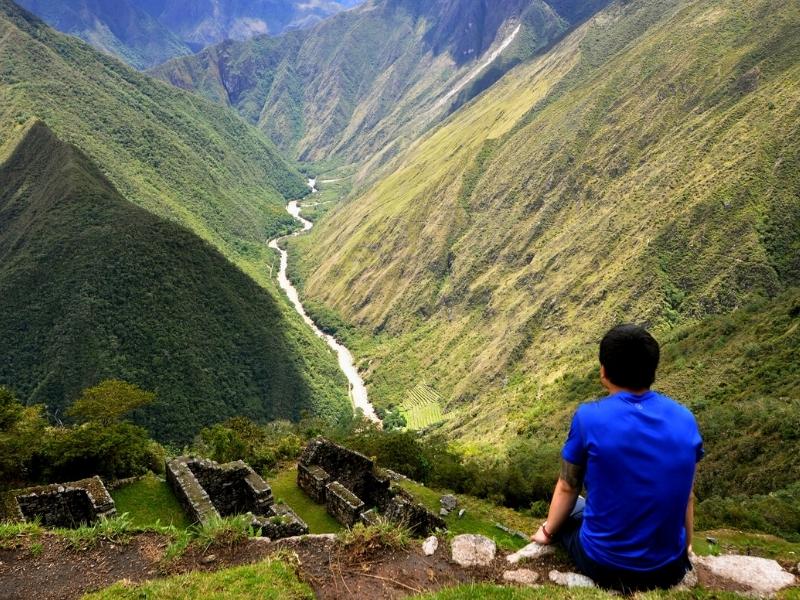
Explore the Manu Amazon Rainforest & Inca Trail hike to Machu Picchu, you will enjoy the best adventures in Peru, exploring amazing inca trail routes and the best amazon wildlife with our local tour guides, in small groups.

Your luxury trip to Peru includes a selection of Andean and Amazonian landscapes. We will help you to explore this welcoming and varied country, planning each step of your trip, with the best services. With the help of amazing expert guides, you can enjoy all that Peru has to offer, every detail is well taken care of.


The top sights of Peru will leave all the family thrilled by the scenic grandeur, ruined temples, colonial cities, amazing inca trail to Machu Picchu, the Inca Lost City, once buried under the tropical forest which surrounds it.

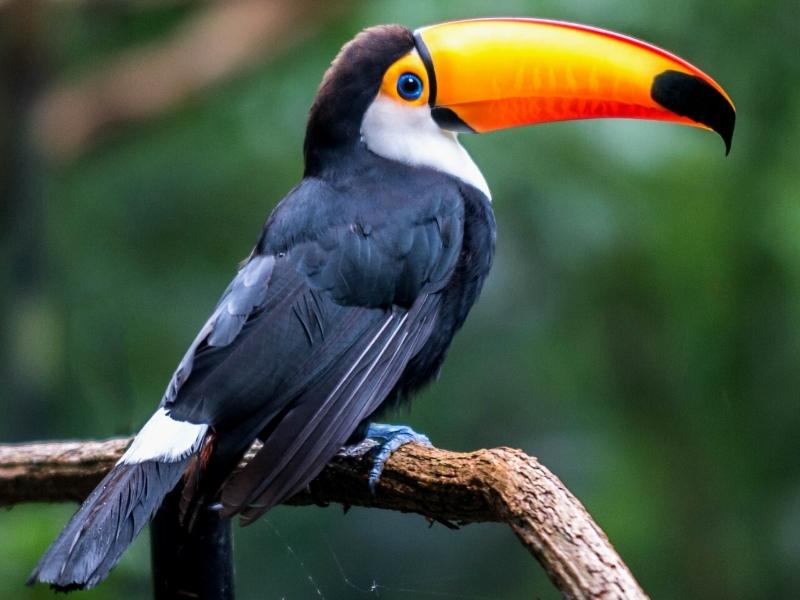
The 3 Days Tambopata Adventure Tour is exclusively designed for those wanting to experience the best of Peruvian Amazon Rainforest in a short time. The Tambopata jungle adventure offers an insight to the culture and amazon wildlife.

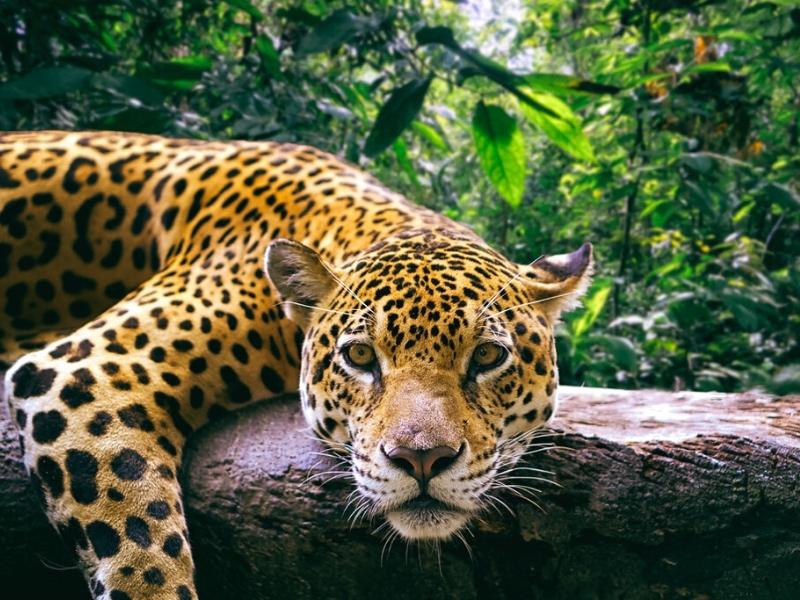
The Manu Jungle tour goes to one of the largest life biosphere reserves in the World. You will enjoy wildlife, traditional villages, with the best specialized guides.


Manu National Park is an excellent way to experience an intense amazon wildlife.Is the biggest Amazon rainforest in the Americas, its incomparable natural wealth, host the greatest amount of flora and fauna of the world.
